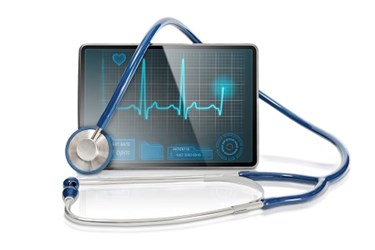Top Healthcare Tech And Market Predictions For 2016
By Megan Williams, contributing writer

This year promises to be an active one for healthcare tech proliferation, and Healthcare IT News has taken the time to outline some of the most interesting and innovative technology the industry will see in 2015. They range from mobile stroke units to injected bioabsorbable hydrogel, but a few will be of more interest to technology vendors than others. Here are some that you might want to keep on your radar in 2016.
Advances In Robotic Surgery
This area in particular was called out as a point for vendor explosion in early 2016. This expectation aligns with a 2015 report from Research And Markets that recently added “Global Robotic Surgery Market 2015-2019” to its library. The market was forecasted to grow at a rate of 10.55 percent between 2014 and 2019 and includes instruments and accessories, robotic surgical systems, and services.
Mobile Stroke Units
Known as MSUs, mobile stroke units are specially-outfitted ambulances that are capable of performing more sophisticated healthcare tests than traditional vehicles including tPA tests, CT scans, and blood tests. The Cleveland Clinic has been using them since at least 2014. Solutions providers working with telemedicine and mobile labs will want to pay attention to their growth.
Leadless Pacemakers
These ultra-small pacemakers take up only 10 percent of the space of conventional pacemakers and are designed to aid only one chamber of the heart. It’s entering into a market that, according to Transparency Market Research, is also in an expansion phase.
Wearable Sensors
Wearables continue to explode in healthcare and naturally also made the list of growing technology for the year. They represent a convergence of traditional healthcare and patient-focused solutions, but also a challenge for officials who will have to learn how to properly use the data they generate to help reduce inpatient stay lengths and readmissions. Expect to see even more growth in the market through 2020.
Medical Device Cybersecurity
The importance of cybersecurity isn’t going to fade in 2016 and will likely only become more important. While security for network infrastructures and EHRs (electronic health records systems) have been the primary focus for the industry, the growth of mHealth options and bring-your-own-device (BYOD) policies has extended the needs for new approaches to security even further. Healthcare leadership will need to partner with vendors and professionals who are well versed in handling threats and assessing individual organizational threat profiles.
